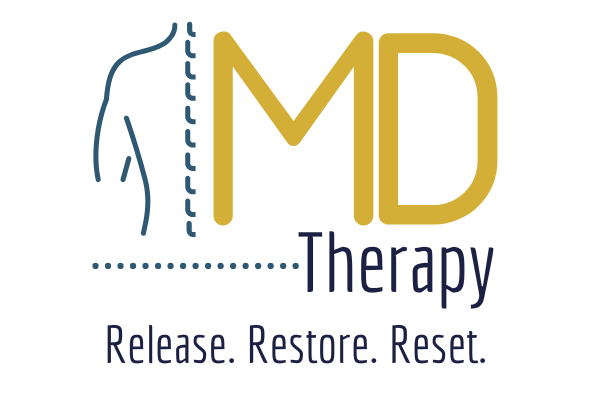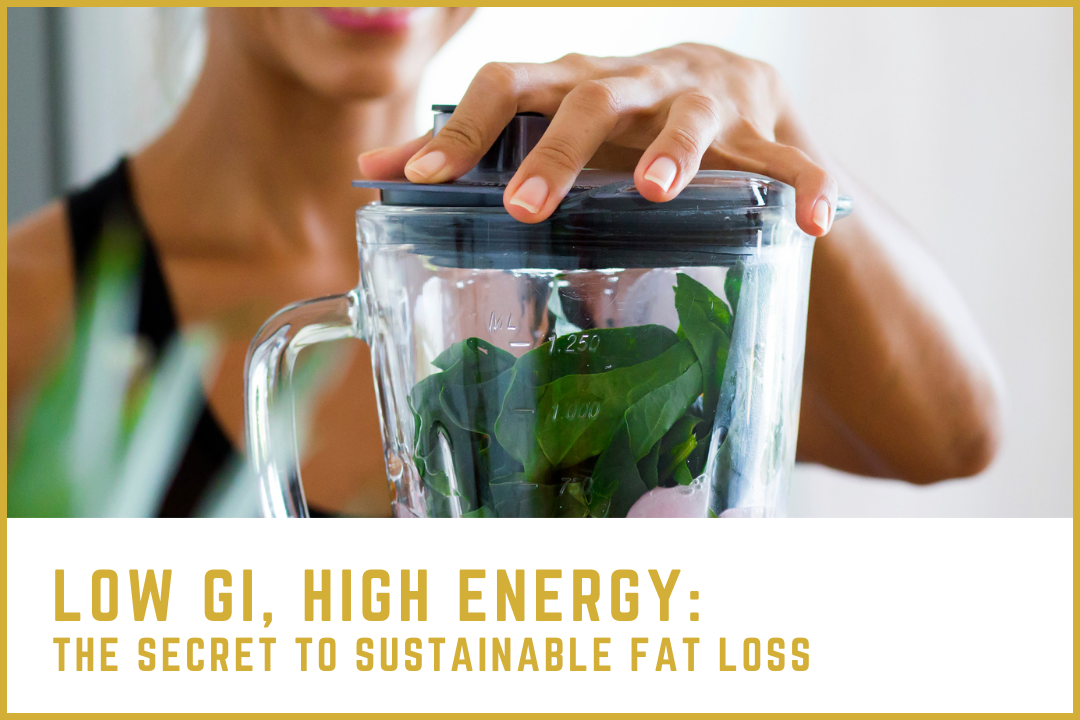“I’ve Tried Everything, but I Can’t Lose Weight!” – The Truth About Fat Loss & Energy Levels
If you’ve ever found yourself frustrated with your fat loss journey, constantly feeling tired, or struggling with low energy and mood dips, you’re not alone. As a Certified Sports Nutritionist, Body Transformation Coach, and Personal Trainer, I hear this all the time:
“Marc, I’ve tried EVERYTHING, but the weight just won’t budge.”
The truth? Your body isn’t broken. But your approach to food, energy balance, and hormones might need a shift. The key to lasting fat loss and sustained energy lies in understanding how your body processes food, how blood sugar levels impact metabolism, and why your hormones control whether you store or burn fat.
So, let’s break it all down.
Understanding the Glycemic Index (GI), Fat Storage & Fat Loss
Not all calories are created equal. What you eat matters just as much as how much you eat.
The Glycemic Index (GI) ranks carbohydrates based on how quickly they spike your blood sugar (glucose) levels.
- High GI foods (white bread, sugary snacks) cause a rapid spike in blood sugar, triggering insulin to store excess glucose as fat.
- Low GI foods (whole grains, vegetables, proteins) release glucose more slowly, providing steady energy without excess fat storage.
🚀 The Role of Insulin & Fat Storage
When you eat a high GI meal, your blood sugar spikes, leading to a surge in insulin—a hormone that signals your body to store fat and prevents fat burning.
- The more insulin your body releases, the harder it is to burn stored fat.
- If you constantly eat high GI foods, your body stays in fat-storage mode instead of fat-burning mode.
💡 Solution? Choose low GI foods and combine them with protein and healthy fats to keep insulin levels stable and support fat loss.
Calories Matter – But Hormones Matter More
While calories do play a role in weight loss (you need to be in a calorie deficit to lose weight), hormones like insulin, glucagon, cortisol, and adrenaline play an even BIGGER role in how your body processes those calories.
🚀 The Insulin vs. Glucagon Cycle
These two hormones have opposite effects on fat storage:
| Hormone | Function |
|---|---|
| Insulin | Stores excess sugar as fat (triggered by high GI foods) |
| Glucagon | Signals fat-burning when blood sugar is stable (triggered by low GI foods & fasting) |
✅ When you eat protein and low GI foods, glucagon is released, helping burn fat for energy instead of storing it.
❌ When you eat high GI foods, insulin dominates, and your body stores more fat instead of using it.
🚀 The Adrenaline & Cortisol Factor
If you feel tired, moody, or sluggish—especially in the afternoon—your stress hormones (cortisol & adrenaline) might be working against you.
- High stress = Increased cortisol = More fat storage (especially around the belly)
- Poor sleep & inconsistent meals = Adrenal fatigue = Low energy, sugar cravings, and muscle breakdown
💡 Solution?
✔ Eat protein with every meal to stabilize blood sugar
✔ Prioritize low GI carbs to prevent energy crashes
✔ Reduce caffeine in the afternoon to avoid stressing the adrenal glands
✔ Get enough sleep & manage stress to keep cortisol balanced
🥗 High GI vs. Low GI Foods – What to Eat?
Here’s a simple guide to which foods to prioritize for fat loss and sustained energy:
| High GI (Avoid or Limit) | Low GI (Eat More of These!) |
|---|---|
| White bread, bagels | Whole grain bread, rye bread |
| Sugary cereals | Oats, quinoa, brown rice |
| White rice, pasta | Lentils, chickpeas, sweet potatoes |
| Processed snacks (chips, crackers) | Nuts, seeds, Greek yogurt |
| Soft drinks, fruit juices | Water, herbal tea, black coffee |
| Candy, pastries | Dark chocolate (85%+), berries |
| Instant mashed potatoes | Leafy greens, broccoli, avocado |
🔥 Key Fat Loss Recommendations
1️⃣ Prioritize Protein:
🔹 Eat 30g of protein per meal to support metabolism & muscle retention.
🔹 Best sources: Chicken, fish, eggs, Greek yogurt, tofu, legumes.
2️⃣ Balance Your Meals:
🔹 Combine low GI carbs + healthy fats + protein for steady energy & fat burning.
3️⃣ Watch Your Insulin Response:
🔹 Replace high GI carbs with fiber-rich whole foods.
🔹 Example: Swap white rice for quinoa or sweet potatoes.
4️⃣ Manage Stress & Sleep:
🔹 7-9 hours of sleep per night keeps cortisol low and metabolism high.
🔹 Try meditation, deep breathing, and less screen time before bed.
5️⃣ Stay Hydrated & Avoid Liquid Calories:
🔹 2-3L of water per day helps regulate metabolism.
🔹 Avoid fruit juices & sugary coffee drinks that spike blood sugar.
💪 Ready to Finally Lose Fat & Boost Your Energy?
If you’ve been struggling with weight loss despite “trying everything,” it’s time for a science-backed approach.
👉 We help busy professionals, athletes, and everyday clients transform their bodies with a sustainable fat-loss method that focuses on blood sugar balance, muscle retention, and real-world results.
💬 Book a free consultation with MD Therapy to discuss your goals & build a personalised fat-loss plan that actually works.
📩 Click here to get started – Let’s make this the LAST time you struggle with weight loss! 🚀

